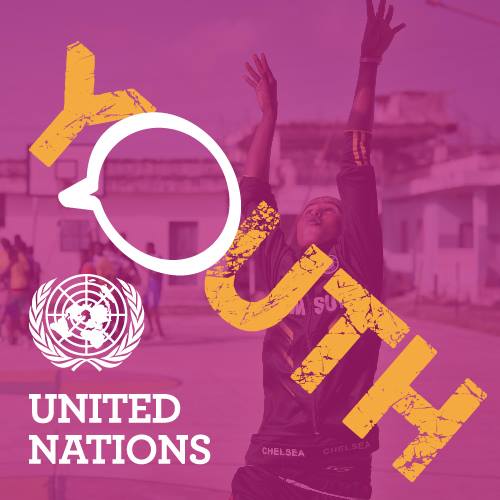As communities around the world prepare to celebrate International Youth Day on August 12, this blog entry discusses child, youth and family programs available to homeless youth and families across Canada. A Way Home Canada, a national coalition dedicated to preventing, reducing and ending youth homelessness, estimates that approximately 20% of the homeless population are between the ages of 13 and 24. Without any clear indication that the situation is improving, A Way Home Canada facilitates partnerships among communities and governments to organize, plan and implement measurable and impactful strategies to eliminate youth homelessness. By strengthening families and addressing their needs, youth can make healthy transitions to adulthood by avoiding life on the street.
There are a number of programs available to homeless or at-risk families, youth and children. A Way Home Canada features key examples of youth services, including:
- School-based interventions
- Family reconnection
- Support for LGBTQ2S Youth
- Support for youth transitioning from care
- Employment, training and education
- Youth transitional housing and Housing First
While the homeless youth population is incredibly diverse, what marks this group is their lack of experience living independently and their developmental needs. The transitional period from childhood to adulthood can be difficult, and youth services are necessary to best support the developmental needs of homeless youth and those at-risk. Without these critical support systems, at-risk youth can fall victim to the dangerous street life that carries a number of long-term consequences, including chronic homelessness, violence, exploitation, mental health, substance use, dropping out of school and criminality.
For homeless families with children, programs are just as essential, and often the lifeline that keeps them afloat. With 37% of Canadian households struggling to maintain housing, more and more families are relying on emergency shelters. Between 2005 and 2009, the number of families with children using shelters increased by 50%. Some of the causes of family homelessness include family violence, a lack of affordable housing, low-wages, un/underemployment and low rates of social assistance. Thus, programming and services must support parents overcome a number of personal challenges (i.e. family break up, mental health, substance use, loss of employment) as well structural factors (i.e. growing income inequality, lack of affordable housing, discrimination, low social assistance rates) while promoting an enriching and secure environment for their children.
Initiatives include food programs, housing stability programs and housing retention, as well as other community services such as employment centres, health services, family support programs, as well as many other services that are not necessarily focused on the homeless population. However, solving family homelessness requires strategies with focuses beyond basic needs. Raising the Roof’s study Putting an End to Child and Family Homelessness in Canada lists a number of recommendations for community agencies and all levels of government, stressing the importance of cooperation, overlap and extensive investments.
In addition to developing integrated programs, service providers and governments must also understand the distinct challenges of sub-populations in order to meet their specific needs and develop solutions to ending homelessness. Below are a few youth and family-focused initiatives:
- Youth Reconnect is an early interventions shelter diversion program developed by RAFT Niagara Resource Service for youth in Ontario. The initiative helps homeless and at-risk youth access resources, increase their self-sufficiency, assist to maintain school attendance and secure housing.
- Link, delivered by Aunt Leah’s House in British Columbia, provides a series of services and programs for youth in transition from foster care. Link offers life skills workshops, drop-in, outreach, and one-on-one support to work on challenges identified by youth.
- Aura Host Homes is a program established by the Boys and Girls Clubs of Calgary that provides LGBTQ2S youth experiencing homelessness a safe place with host parents where their sexual orientation and gender identity is respected and celebrated.
- Parenting After Violence, offered by YWCA Agvvik Nunavut in Iqaluit, provides weekly life-skills workshops for homeless mothers and those at-risk of homelessness who have experienced violence. In addition, participants have access to counseling, child care and referrals.
- The Healthy, Empowered and Resilient (H.E.R) Pregnancy Program in Edmonton works with street-involved women to access healthcare services before and throughout their pregnancy, and addresses issues such as addiction, poverty and family violence.
With quality programming and appropriate prevention strategies and solutions to homelessness, we can ensure that no child or youth becomes entrenched in a lifelong struggle with chronic homelessness. As the world discusses International Youth Day and poverty eradication, Canada must strengthen its social safety net to take care of its most vulnerable citizens; children and youth.
To join the conversations on social media marking International Youth Day, use #YouthDay and/or follow the UN programme on Youth-Focal Point on Twitter @UN4Youth.
Photo Credit: United Nations International Youth Day


